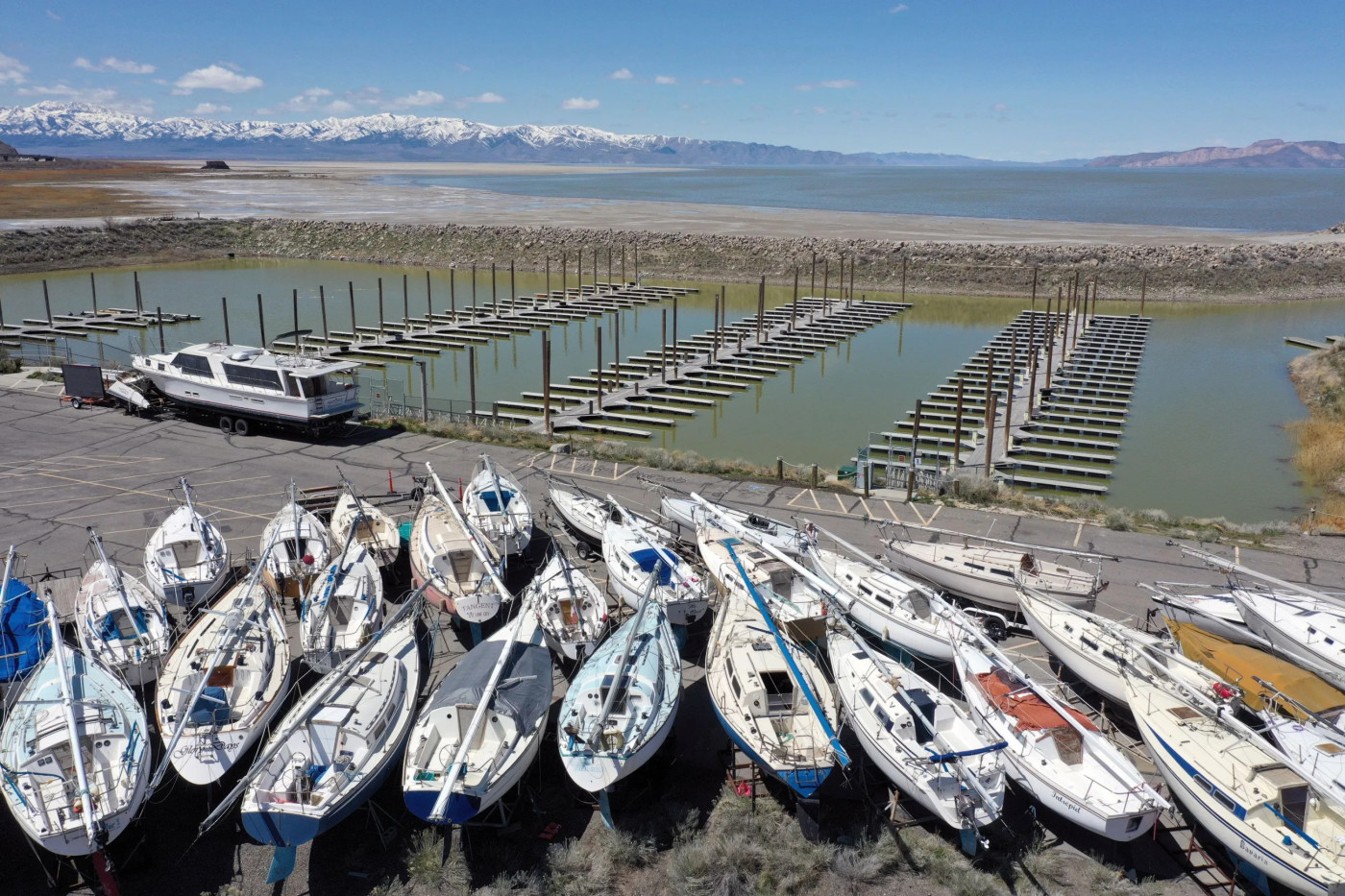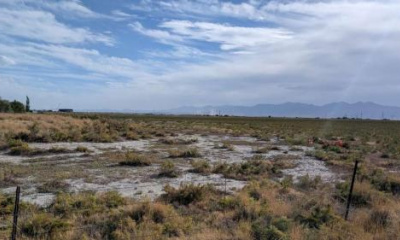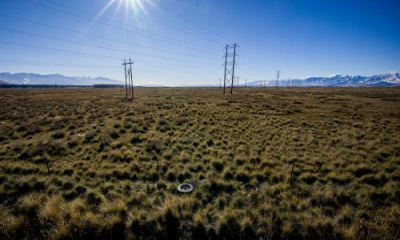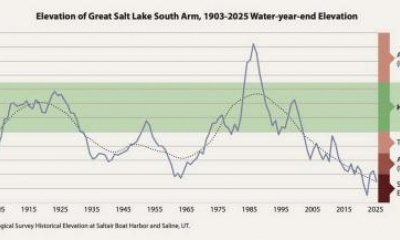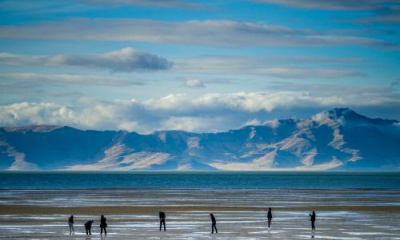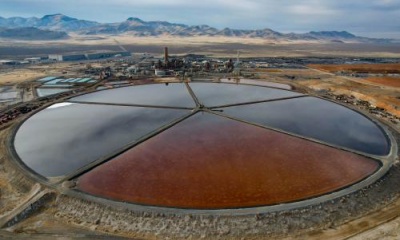Utah state parks plan for open boat ramps at popular reservoirs
After being forced to dock their boats at the Great Salt Lake State Park and Marina due to the drought two years ago, sailors are readying to once again launch their vessels as water has returned from the wet water year.
Devan Chavez, spokesman for Utah State Parks, said a few boaters were already out on the water earlier this week when the weather turned warmer. He expects more to follow suit.
“Right now, it is the smaller vessels that are launching. Hopefully as the water increases we can have the larger boats out there.”
The Great Salt Lake has risen 3.5 feet so far due to the hefty amount of precipitation northern Utah has received and will rise more given the runoff has not yet reached its peak.
Dave Shearer, park manager and harbor master, said that runoff will determine if larger vessels are suitable for a slip and for sailing.
“I’m not optimistic that we will get all of the boats in the water that are in the parking lot right now, just because some of them have a pretty deep draft. But we’re still evaluating it right now,” he said. “We basically said that anybody with a four foot draft or less can go ahead and rent a long term slip because we’re quite confident that those people will be able to launch and sail and stay in the water all year.”
He said vessel owners are excited over the renewed opportunity to get out on the water.
“Most of them did not think that they’d be putting their boats back in this year. And so the fact that we’ve had such a really good winter and they can get their boats back in, they’re really excited. It’s great to see these people want to come out and enjoy the lake on the water again.”
That water, Chavez said, will be a boon to Utah’s popular boating destinations such as Rockport, East Canyon, Deer Creek and Jordanelle, creating a safer and more pleasurable recreational experience for visitors.
“Right now, it is looking like we are going to have a majority of park ramps open, which is really good news,” he said. “Not only can they go out and play, but more water means they can spread out.”
He said the low reservoir levels last year didn’t necessarily mean there were fewer people coming out to recreate.
“Just because there is less water does not mean there is going to be less people.”
A reservoir crowded with boaters not only presents a safety concern, but diminishes the visitor experience, he added.
“People want their own space for their own enjoyment,” he said. “I know when I go to Jordanelle I want to be in my own space.”
State Waterfowl Management Areas are also benefitting from the water flowing into the marshes at Ogden and Farmington bays.
“This water we have been receiving is awesome,” said Mark Hadley, Northern Utah outreach manager for the Utah Division of Wildlife Resources. “Not only is it good for the birds but that water runs through the management areas and flows into the Great Salt Lake.”
The water at Farmington Bay, which has about 150,000 acres of wetlands, is a transition area in which fresh water from the Jordan River flows.
Farmington Bay, along with the Bear River Delta, are the only two spots in the lake where fish can be found.
Although the flow of water has created challenges for the division to shore up dykes or do some repairs, Hadley said the water is good news for the lake, the wildlife, hunters, bird watchers and the public.
“So, we are really happy we are getting all this water,” he said.

